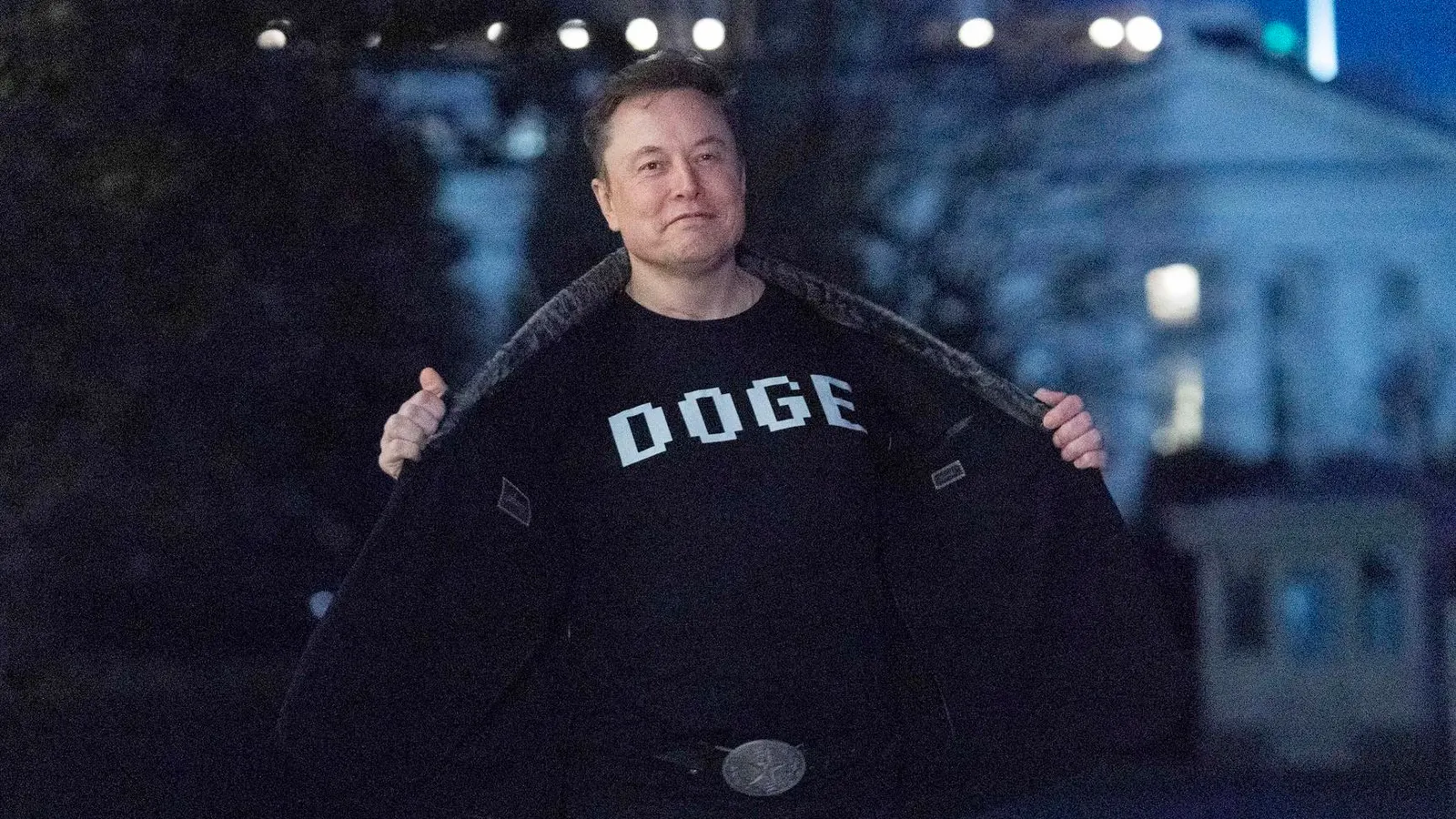
Elon Musk said the DOGE mission will continue after leaving the Trump administration
Elon Musk thanks Trump as he leaves government service and promises that the DOGE’s spending-cutting mission will continue to change.
Elon Musk, a multibillionaire businessman, has formally concluded his brief but widely reported time in the Trump administration, during which he spearheaded a contentious effort to significantly reduce the size of the US federal workforce.
Musk thanked former President Donald Trump for the chance to lead the Department of Government Efficiency, or “Doge,” a unique unit tasked with reducing government waste and bureaucracy, in a post on his social media site, X, late Wednesday, announcing his resignation.
Musk added, “I would like to thank President @realDonaldTrump for the opportunity to reduce wasteful spending as my scheduled time as a Special Government Employee comes to an end.” “As the @DOGE mission becomes ingrained in the government, it will only get stronger over time.”
According to insiders who spoke to the BBC, the White House officially started “offboarding” Musk on Wednesday night. His position, which was set at 130 working days annually under the federal categorization of a “special government employee,” has already been completed, starting with Trump’s inauguration on January 20.
Although Musk’s exit was anticipated, its timing—just one day after he publicly criticized Trump’s new budget bill—has garnered notice. In a CBS interview, Musk claimed that the bill, which includes multi-trillion dollar tax incentives and a large increase in defense expenditure, will “undermine the work” of Doge and cause the federal deficit to skyrocket.
Musk said, “I think a bill can be big or it can be beautiful.” However, I’m not sure if it can be both.
At first, Musk had promised to save $2 trillion from the federal budget. Due to technical and legal challenges, Doge’s grandiose goal was swiftly lowered, first to $1 trillion and subsequently to $150 billion. Out of 2.3 million federal civilian workers, some 260,000 have reportedly been laid off or received redundancy packages. Federal judges eventually declared certain layoffs illegal and reversed them.
Employees who were inadvertently let go from sensitive programs, including the US nuclear program, were among the victims of the disorganized downsizing drive.
Musk has admitted to the public and political criticism. He bemoaned, “Doge is just becoming the whipping boy for everything,” in an April interview with the Washington Post. Anywhere, something awful would occur, and even if we had nothing to do with it, we would be held accountable.
The government wasn’t the only one affected. Significant unrest inside Tesla occurred at the same time as Musk became involved with Doge. Deliveries fell 13% in the first quarter, the lowest on record, according to the electric vehicle manufacturer. After plunging up to 45%, Tesla’s shares only partially recovered. Protesters campaigned for consumer boycotts, damaged cars and charging stations, and held demonstrations at dealerships. US Attorney General Pam Bondi threatened to prosecute acts of vandalism against Tesla as “domestic terrorism” in response to the outcry.
Musk promised investors last month that he would “allocate far more of my time to Tesla” in response to growing pressure, and he reaffirmed his intention to serve as the company’s CEO for the next five years. After spent around $300 million in 2024 supporting Trump and Republican candidates, he has also promised to cut back on political contributions.
Even while Musk’s departure signals the end of a dramatic phase in Trump’s comeback to Washington, concerns about Doge’s legacy and long-term effects still exist.
“The Doge mission will only strengthen over time,” Musk himself stated, but it is unclear if that purpose will endure without him leading it.
All Categories
Tags
+13162306000
zoneyetu@yahoo.com


